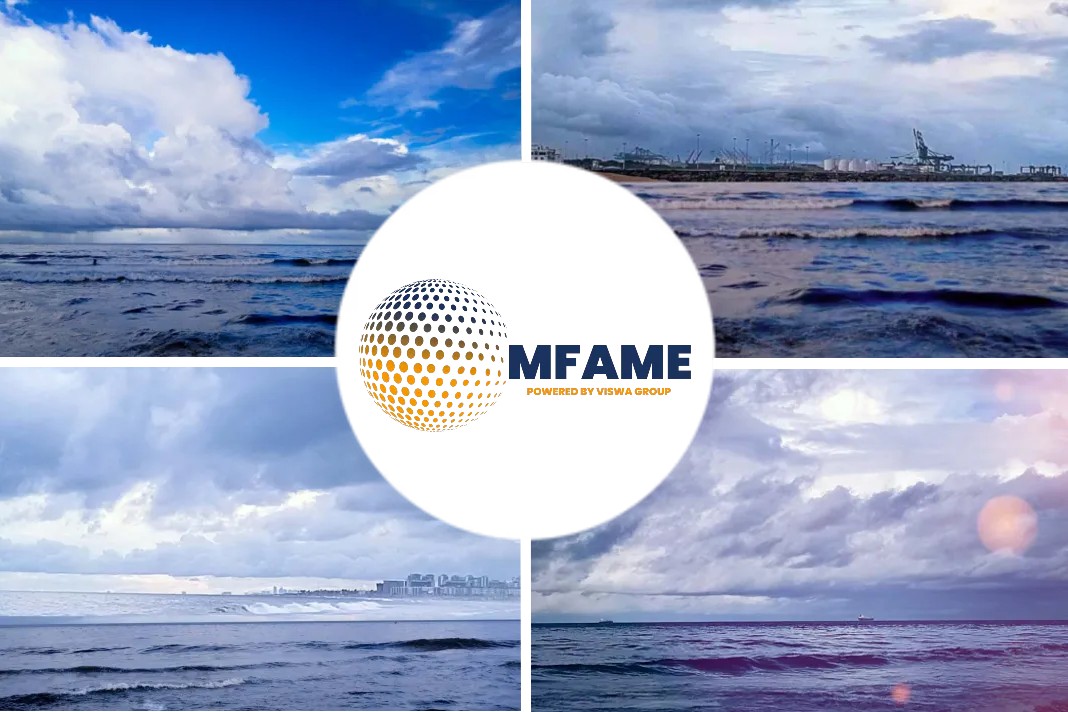According to an article published in Sea News, Germany is the latest country to accede to IMO’s treaty for safe and environmentally-sound ship recycling – the Hong Kong Convention.
Facilitating Environmentally Sound Recycling
The Convention covers the design, construction, operation and maintenance of ships, and preparation for ship recycling in order to facilitate safe and environmentally sound recycling, without compromising the safety and operational efficiency of ships.
What’s in it?
Under the treaty, ships to be sent for recycling are required to carry an inventory of hazardous materials, specific to each ship. Ship recycling yards are required to provide a “Ship Recycling Plan”, specifying the manner in which each ship will be recycled, depending on its particulars and its inventory.
How was it done?
- Mr. Reinhard Klingen, Director-General Waterways and Shipping in the Federal Ministry of Transport and Digital Infrastructure of Germany, met IMO Secretary-General Kitack Lim at IMO Headquarters, London (16 July) to deposit the instrument of accession.
- The 13 contracting States to the Convention represent 29.42% of world merchant shipping tonnage.
- South Africa accedes to compensation regime for hazardous and noxious cargoes
- South Africa has become the latest country to accede to a key compensation treaty covering the transport of hazardous and noxious substances (HNS) by ship.
How helpful will it be?
When in force, the treaty will provide a regime of liability and compensation for damage caused by HNS cargoes transported by sea, including oil and chemicals, and covers not only pollution damage, but also the risks of fire and explosion, including loss of life or personal injury as well as loss of or damage to property. An HNS Fund will be established, to pay compensation once shipowner’s liability is exhausted. This Fund will be financed through contributions paid post incident by receivers of HNS cargoes.
Essential Aspects of the Treaty
- As required by the treaty, South Africa provided data on the total quantities of liable contributing cargo.
- Entry into force of the treaty requires accession by at least 12 States, meeting certain criteria in relation to tonnage and reporting annually the quantity of HNS cargo received in a State.
- The treaty requires a total quantity of at least 40 million tonnes of cargo contributing to the general account to have been received in the preceding calendar year.
The Honourable Mr. Fikile April Mbalula, Minister of Transport, South Africa, met IMO Secretary-General Kitack Lim at IMO Headquarters, London, (15 July) to deposit the instrument of accession to the 2010 Protocol to the International Convention on Liability and Compensation for Damage in Connection with the Carriage of Hazardous and Noxious Substances by Sea, 1996 (2010 HNS Convention).
The treaty has now been ratified by five States (Canada, Denmark, Norway, South Africa and Turkey). The total quantity of contributing cargo has reached 9.8 million tonnes.
Desktop Just-In-Time trial yields positive results in cutting emissions
”Just-In-Time” (JIT) operations have the potential to cut the time ships spend idling outside ports and help reduce harmful emissions as well as save on fuel costs. This can be achieved by communicating in advance the relevant information to the ship about the requested time of arrival – allowing the ship to adjust to optimum speed. A desktop trial in Just-In-Time ship operations has yielded positive results, showing emissions can be cut considerably. The trial was conducted by members of the IMO-led Global Industry Alliance to Support Low Carbon Shipping (GIA), at the Port of Rotterdam (10 July).
Technical adviser Astrid Dispert said, “More validation is needed and ultimately a real-time Just-in-Time trial – which is what we are working towards. But the desktop exercise showed the potential and the clear benefit that early communication between ships, port authorities and terminals can bring as it allows speed optimisation during the voyage.”
During the desktop exercise, a voyage between Bremerhaven and Rotterdam (247 nm distance) was simulated a couple of times. In the first business as usual scenario, the ship receives an update on when it is requested to arrive at the pilot boarding place at the first Calling In Point (when the ship is in VHF radio range, around 30nm from port). The time that the ship is requested to arrive at the pilot boarding place is dependent on a number of variables, including the availability of the terminal as well as pilots and tugs. But the information is often only sent when the ship is already relatively close to port.
In the second Just-In-Time scenario, the ship receives several updates much sooner in the voyage to Rotterdam, on when to arrive at the pilot boarding place. The ship can then adjust speed to its optimum speed.
Comparing the two scenarios, 23% less fuel was consumed in the Just-In-Time scenario – a significant reduction in fuel and therefore emissions.
Data from this exercise will be fed into a Just-In-Time guide being prepared by the GIA. The exercise was conducted by representatives from the Port of Rotterdam, Maersk, MSC, IMO and Inchcape Shipping.
The GIA is an innovative public-private partnership initiative of the IMO, under the framework of the GEF-UNDP-IMO Global Maritime Energy Efficiency Partnerships (GloMEEP) Project that aims to bring together maritime industry leaders to support an energy efficient and low carbon maritime transport system.
Did you subscribe to our daily newsletter?
It’s Free! Click here to Subscribe!
Source: Sea News
















